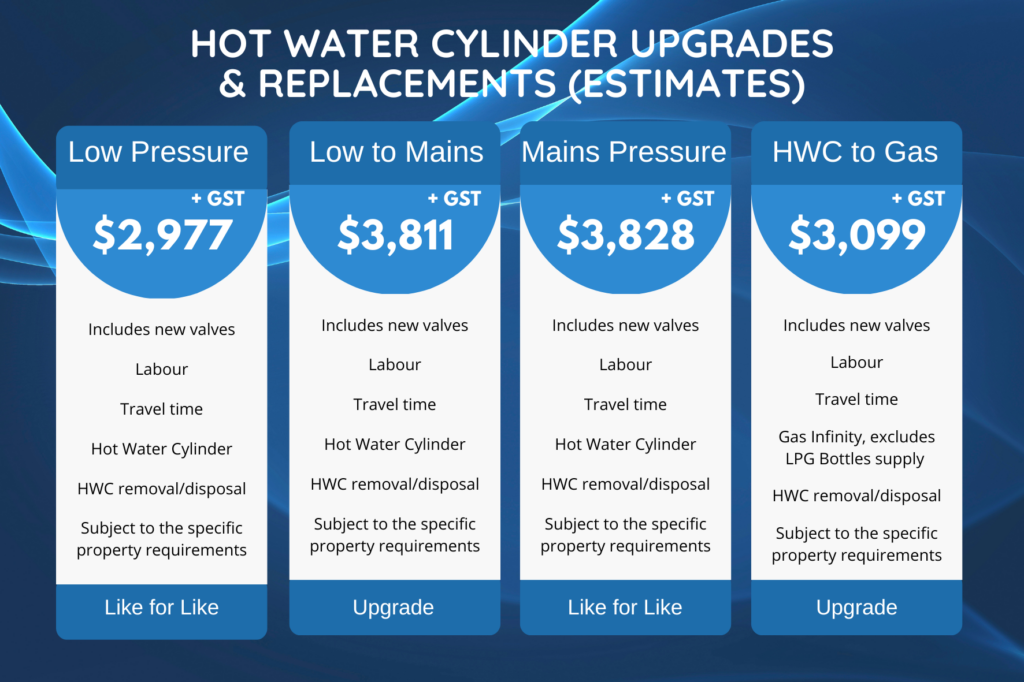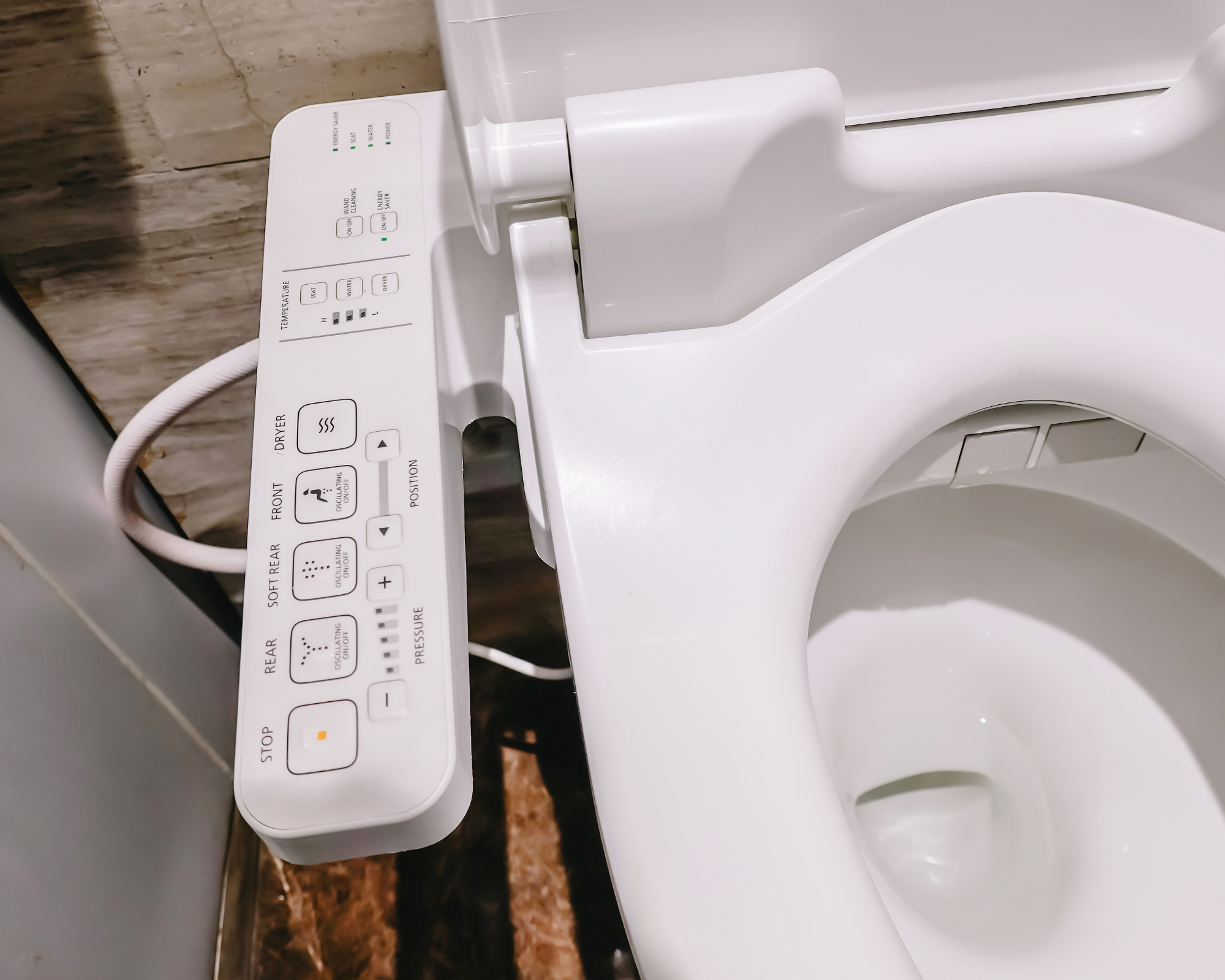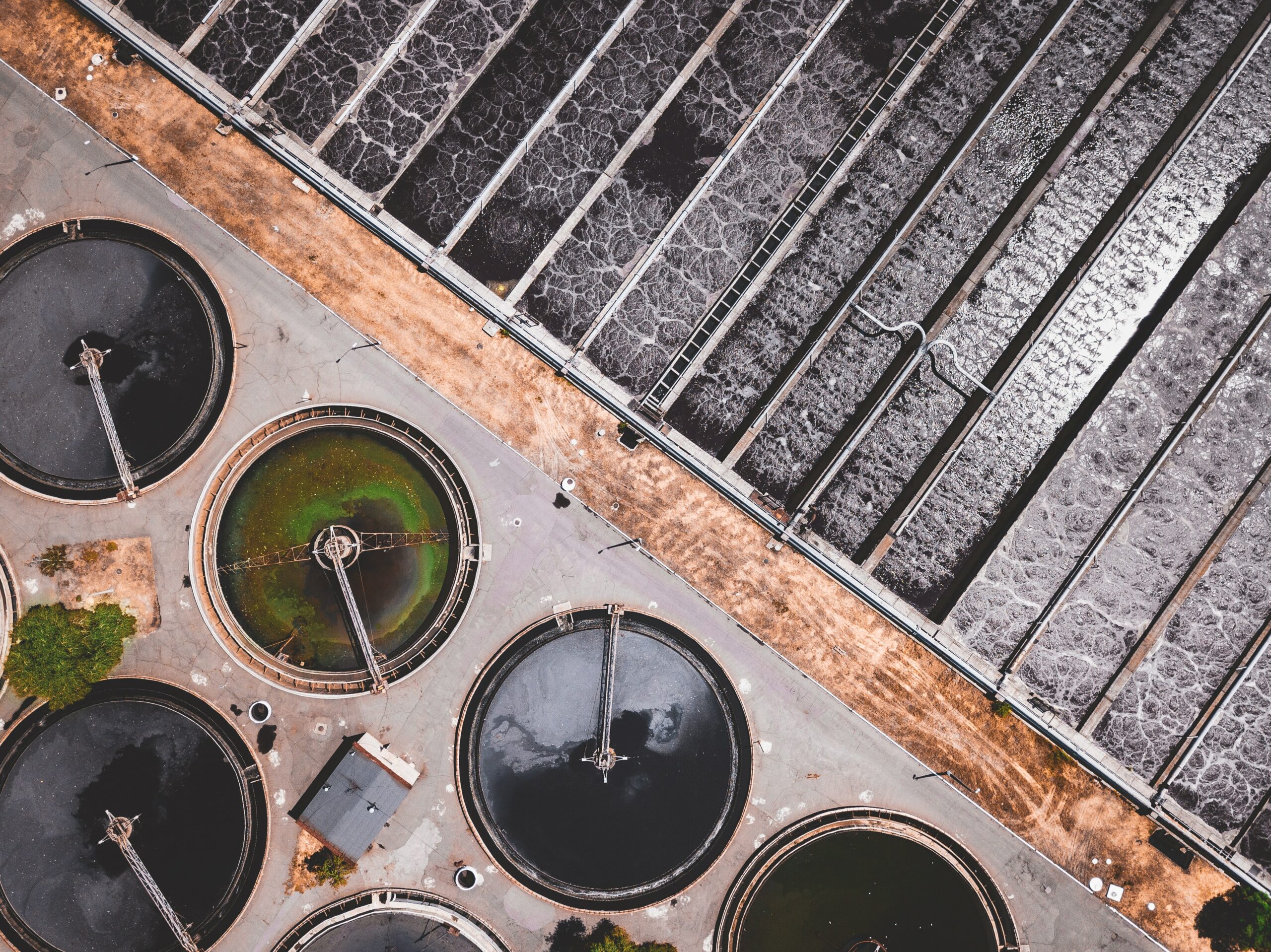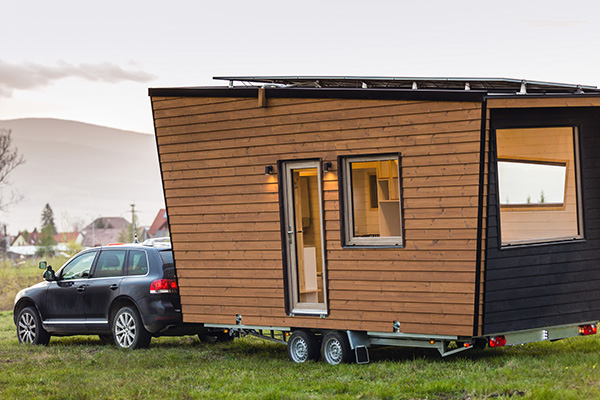Water coming out of the tap too hot can be quite dangerous, especially if you’ve got young children.
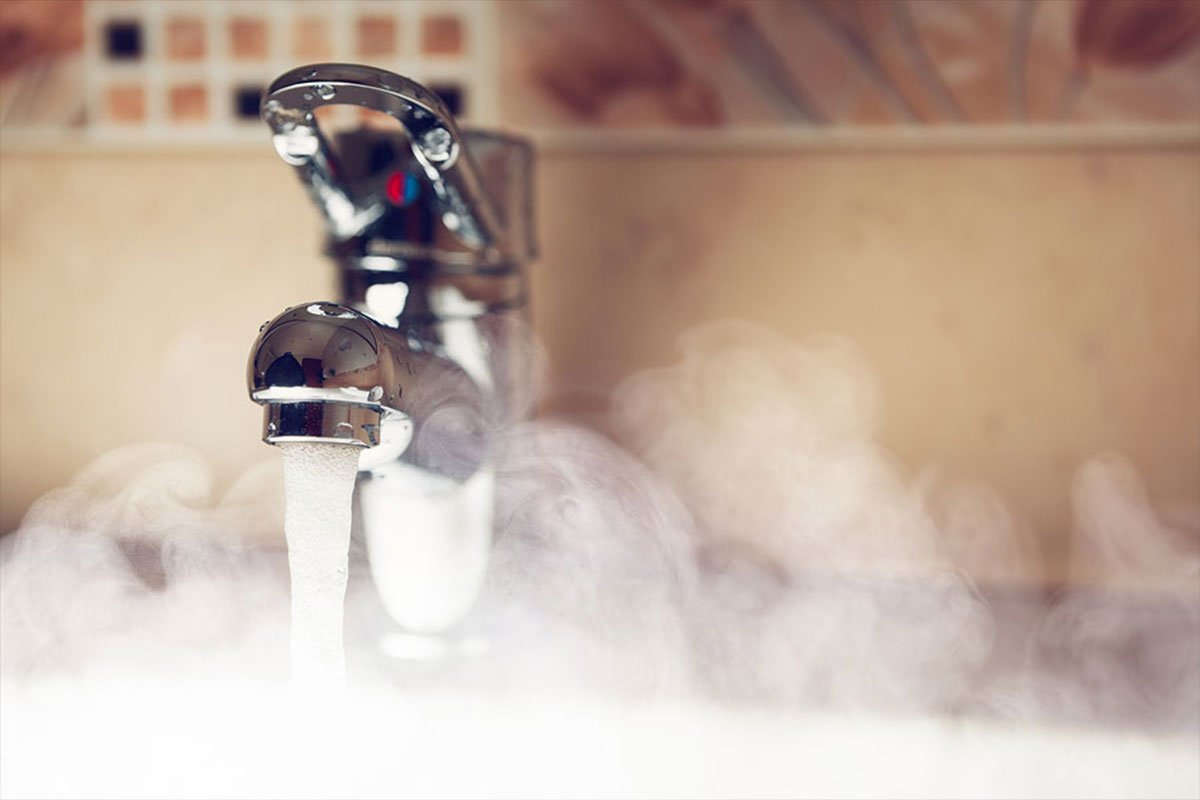
Children often receive serious scalds because they have more sensitive skin than adults and burn more quickly.
Elderly people can also be vulnerable due to disabilities or slow reaction times.
Installing a tempering valve on the hot water pipe from the hot water cylinder is one way of achieving this. This mixes enough cold water with the hot water to keep it at a temperature which reduces the risk of scalding.
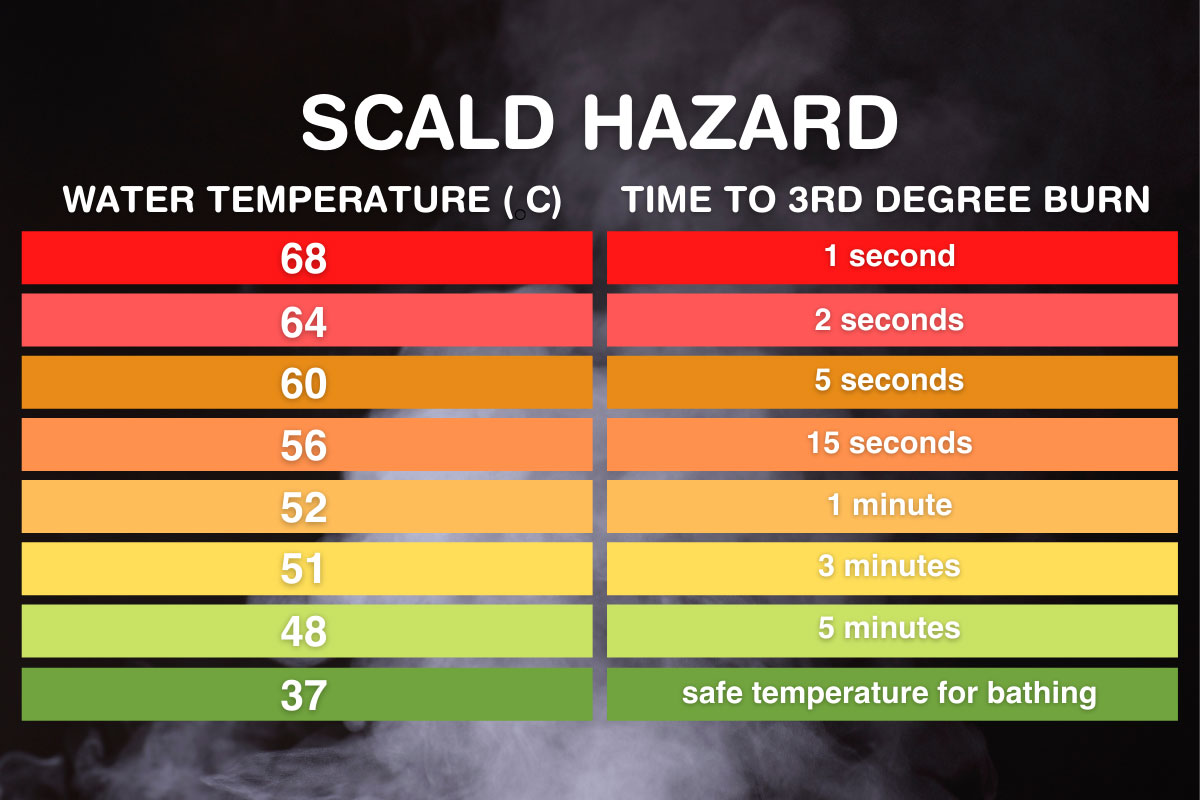
Balance is key
While water that’s too hot increases the risk of scalding, water that is not hot enough creates the risk of harmful Legionella bacteria that causes Legionnaire’s disease – a severe form of pneumonia. Adults over the age of 50 and people with weak immune systems, chronic lung disease or heave tobacco use are most at risk.
Legionella can survive in temperatures under 20˚C. At this temperature they enter a low metabolic state and usually remain inactive until temperatures rise. Between 20˚C and 45˚C is the optimal temperature for the growth and spread of Legionella and can infest entire water systems in only a few days. At 50˚C 90% of Legionella bacteria in the water system will die off within 2 hours. At 60˚C, 90% of Legionella bacteria in the water system will die off within 2 minutes.
The solution to this problem is to store hot water at a minimum temperature of 60˚C, and deliver it to baths, showers, basins and bidets at a temperature no greater than 55˚C. This is because it only takes 5 seconds for 60˚C water to burn human skin, but it’s much slower at 53˚C, when it takes a full minute to cause first degree burns.
Lower maximum water temperature may be on the cards
The Building Code is updated annually, and this year the Ministry of Business, Innovation and Employment (MBIE) plans to make changes which involve plumbing and drainage.
According to a recent news report on Stuff, one proposal is to lower the maximum hot water delivery temperatures in most buildings from 55˚C to 50˚C. It would apply to fixtures such as hand basins, baths and showers.
MBIE building performance engineering manager Dave Gittings says maximum hot water delivery temperatures in New Zealand are higher than in other countries, which means there is an increased risk of tap water scalds. “We want to ensure water temperatures are safe for all New Zealanders, including the most vulnerable, and that is why we are proposing to lower maximum hot water delivery temperatures.”
The Ministry would be consulting on the proposed changes and their potential implication until July 1, and no final decisions on the proposals would be made until later this year.
Call the professionals
Keep in mind that some cylinder thermostats can only be adjusted by an electrician or plumber. The JT Plumbing, Drainage & Gas Team can check the temperature and give you some options for how to get it right. This could mean installing tempering valves, temperature limiting taps or shower mixers.
Give us a call on 0800 587 586 or submit a form on our Contact Us page.
